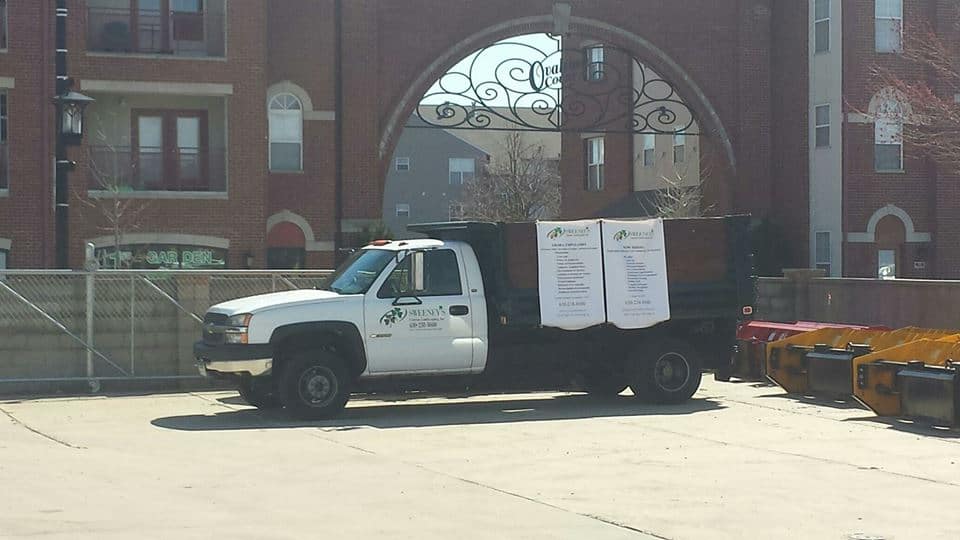July, forward facing and fresh, tightened its grasp on the passed baton as June quickly faded from a race well run. The change was barely perceptible, until yesterday.
Independence Day often marks the beginning of the end of Summer. Logically, it makes little sense, but time seems to hasten, and before you know it, “clank”. August has dropped the baton and July longs for a better partner. Summer is waning.
Like the fleeting seasons, skilled labor too is on the decline, and the nation is suffering, including our very own state. Older generations of craftsman leaving the workforce have far outpaced younger generations, who thus far, have been slow to replace them. Further still, immigration is at an all time low, and states like Illinois have difficulty competing with other states as the cost of living continues to rise while wages remain somewhat stagnant. In other words, a great portion of the labor force has moved to neighboring states, like Indiana and Wisconsin, where wages are similar, but the cost of living is much cheaper.
The labor shortage has affected almost every industry, particularly construction and its peripheral trades, like landscaping, and is slowing economic growth nationwide. According to a recent survey by HomeAdvisor and HomeAdvisor Insights Forum, “93% of survey participants believe their businesses would grow over the next 12 months if not for hiring challenges”. This is a staggering and troubling number. So what’s the answer?

There are no easy answers nor fast fixes. Many employers have been forced to get creative in enticing and hiring skilled labor by increasing pay, offering sign on bonuses and upping the ante in benefit offerings; however, the majority of the workforce, Millennials (those born between 1981 – 1997) are simply not biting. For those already employed in the skilled trades, competition for their loyalty is fierce, and some companies have decided to forgo any margin of profit in an effort to keep and maintain their workforce, which is simply not sustainable. Eventually, this will drive up cost to the consumer as labor costs continue to rise.
Sadly, many Millennials view skilled trades as “dirty work” and have a negative perception of the “blue collar” trades, but there is some hope. Trade and vocational schools are starting to see an increase in enrollment as many contemplate the value and subsequent debt of a four year degree.
By engaging and empowering Millennials while increasing exposure and providing viable alternatives to expensive, four year degrees, we may be able to entice and excite this new workforce, but the states too must do their jobs by creating and maintaining business friendly climates and toning down taxes, so people can live and work in balance and harmony.
Plant of the Week


Photos of Veronica White Icicle Speedwell courtesy of Midwest Groundcovers
Veronica White Icicle Speedwell
Upright spikes of white flowers bloom June – September amongst dark green, glossy foliage. Prefers sun and moist, well-drained soil. Grows 18-24″ tall and 12-18″ wide. Attracts butterflies and other pollinators. Salt tolerant. Deer and rabbit resistant.
“Yes, I am positive that one of the great curatives of our evils, our maladies, social, moral, and intellectual, would be a return to the soil, a rehabilitation of the work of the fields.”
-Charles Wagner
Best wishes,
Kim Sweeney
